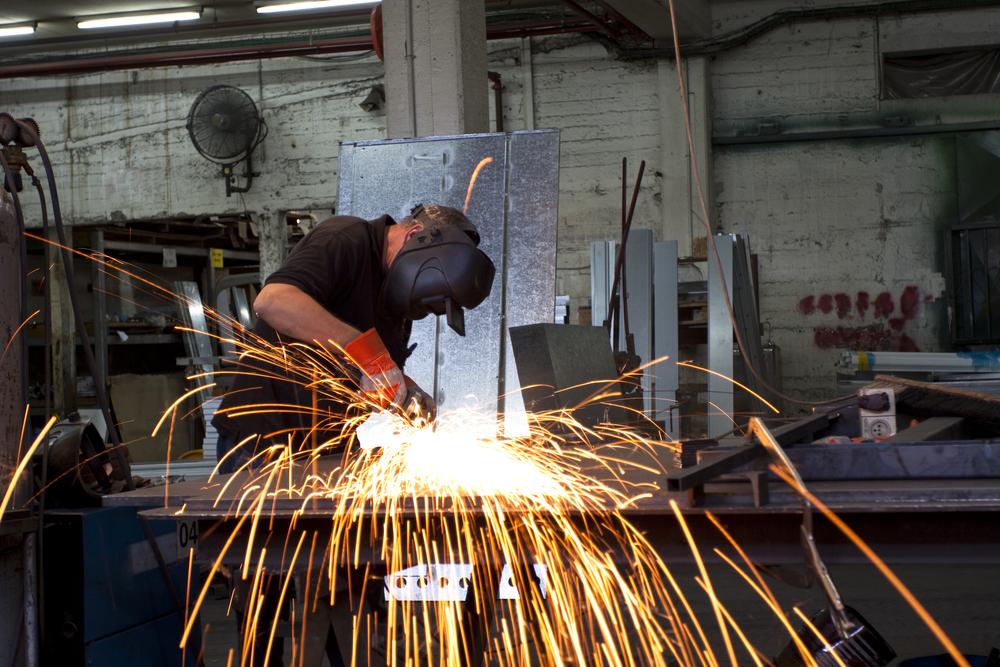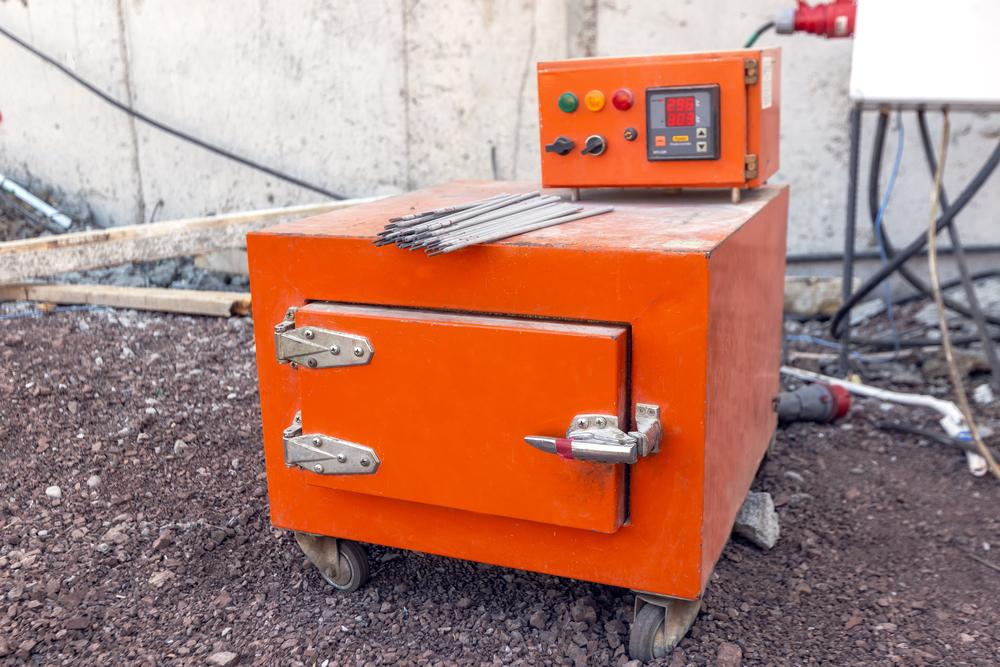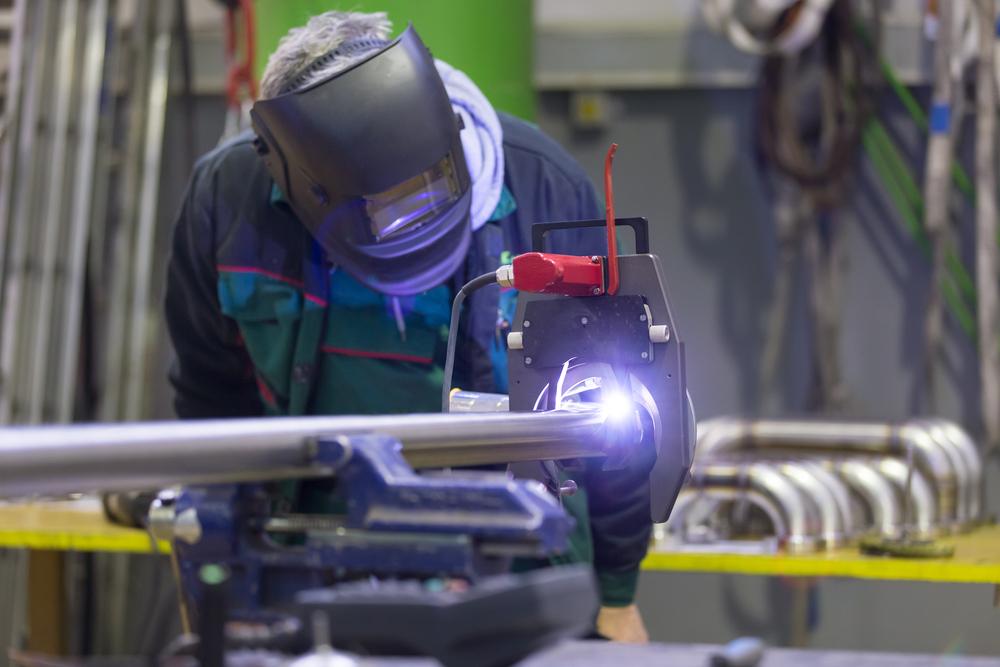Introduction:
Since several millenniums ago, we are using Welding to join metals. The Bronze and Iron Ages in the Middle East and Europe can be considered the oldest examples. Over the years, there have been so many changes, progress and inventions of newer and more user-friendly technologies. Let’s learn about their safety to prevent them from being damaged.
How can we define Welding?
Usually, when we want to join two things together our first thought is glue. When it comes to joining materials like metal, thermoplastics and sometimes even wood to provide the firmest grip, we need something that can hold them together permanently. So we take help from machines or equipment that can merge two or more parts together with the help of heat, pressure or both, thereby forming a joint which when cools, becomes the merger of those parts. This fabrication process is known as Welding.
What does Welding equipment mean?
The simplest definition can be – to fabricate the semi-finished stock or join two parts to welded material, we need machines, fixtures, or instruments. These tools are known as Welding Equipment. There are various types of welding methods and every method requires equipment depending on the type of production, to make the process better, faster and give accurate results. Most equipment is used pretty roughly in the industries where they have heavy construction or fabrication or in automotive industries.
And, no matter how far the technology has come in terms of proficiency and efficacy, there has always been some instability when it comes to welding. So to answer our question, Welding equipment has to be checked for Damage “Every day”.
What Steps should be taken before starting the welding equipment?
Even before you come in contact with the equipment, you must take care of certain safety checks. It is important to practice these check-ups daily. Sometimes one may forget or ignores these check-ups but we must remember that even while using the same equipment every day, mishaps may happen. Follow the below steps:
- You should have a thorough knowledge of your equipment. Always read the label and user manual thoroughly before starting
- You must check the material that you are going to weld. As some materials can be more dangerous (like inflammable) in nature than others.
- Always check the field around you before you start. As fumes, sparks and flashes coming out of welding can prove hazardous if something is kept close to it which can react to flames and sparks.
- Check your equipment for any leakages or breakage. With time parts of equipment can be broken or become loose due to their rough and daily use.
- Have your emergency kit ready. Even after taking all the precautions, sometimes tools can behave or react in an untypical way. Or might cause a reaction for which it’s important to have your fire extinguisher nearby. Also, have knowledge about the exit plan from the area in case of fire.
- The welder must wear flameproof Safety gear (apron) and helmet (at all times) to protect themself from fumes and flames. The helmet must contain eye filter shades to protect the welder from flames and sparks. Do not ignore the legs too. You must wear a flameproof apron and helmet at all times. Make sure that the Electrode cable is not coiled on your body even if it feels convenient.
- One must try to work only in a ventilated environment. If the welding is in a closed area then the welder’s suit must contain a respiratory instrument to help them protect from inhaling fumes.
Which Parts require regular Supervision?
Electrodes, Electrode Holders, Liner Assemble and gun, wire feeders, cables (damaged cables can cause electric shocks), Terminals, Connectors, safety devices (electrical) such as circuit breakers, power sources and any other exposed parts should be regularly checked for any faults.
Important Points to take into consideration while using Welding Equipment
- Water is a good conductor of electricity. Hence it’s necessary to avoid contact with water at all costs. Avoid using wet areas and conditions for welding work.
- Good electrical ground reduces the chances of electric shock. Even though there’s always a possibility as proper grounding is crucial.
- 3 most important aspects to always look into :
- Main power line and power source
- Gas cylinders and Shielding gas systems – Cylinders should be always in a vertical position and should be securely fastened at all times. In case of a faulty regulator, do not attempt to repair it. First of all, close the cylinder’s valve
- When the process is in motion, certain recommended regular practices can help reduce the risks. Like if the capacity of the equipment is mentioned beforehand, do not overuse it. Cool down the equipment from time to time if you find that it’s overheating.
Aftercare of the Equipment & important general instructions:
- No matter how exhausted you are from the long shift of welding, you must check if the equipment is complete.
- Sometimes the fire or sparks may still arise even after the equipment is turned off. Be aware it doesn’t start the fire.
- Keep your workspace clean and tidy. Throw away the used electrode butts lying around after the completion.
- Report even the smallest of accidents that happened during the process.
Conclusion:
Sometimes taking care of all of these points feels tedious but over time it can become second nature. Welding equipment is capable of being handled roughly and by following all these steps you not only increase their age but make the workplace safe and accident-free.
So here we learnt about the different ways to protect your welding equipment and mishaps from happening. We would be glad to have feedback from our readers. It helps us to give better output every time when we get connected to our viewers. Keep viewing and stay connected with us.




